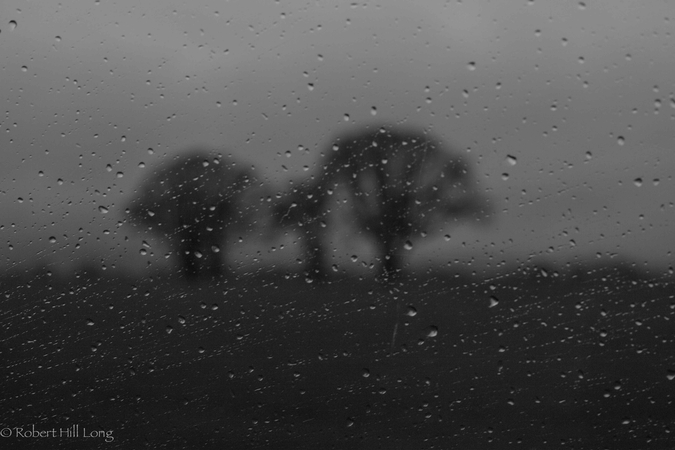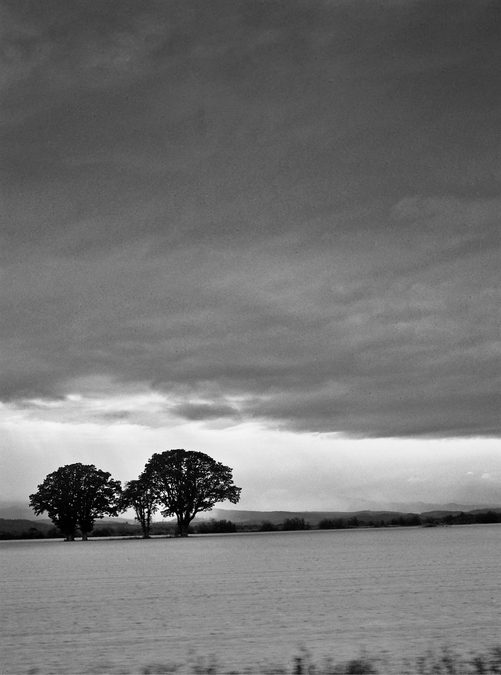Sparrow
Veteran
... well yes obviously. But you can say that about anything you take to its metaphysical extreme ... I can do it within limits
Gestalt perception works with averages or tendencies ... and for me as a designer it is important to understand how people perceive this sort of thing ... I've just looked back and I still find photos where some of the subject is blurred, jarring ... and I'm still surprised others find it attractive (classic landscapes that is not the bokeh shots)
Gestalt perception works with averages or tendencies ... and for me as a designer it is important to understand how people perceive this sort of thing ... I've just looked back and I still find photos where some of the subject is blurred, jarring ... and I'm still surprised others find it attractive (classic landscapes that is not the bokeh shots)









